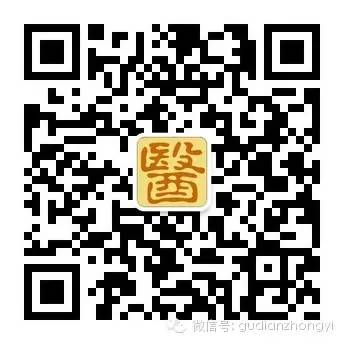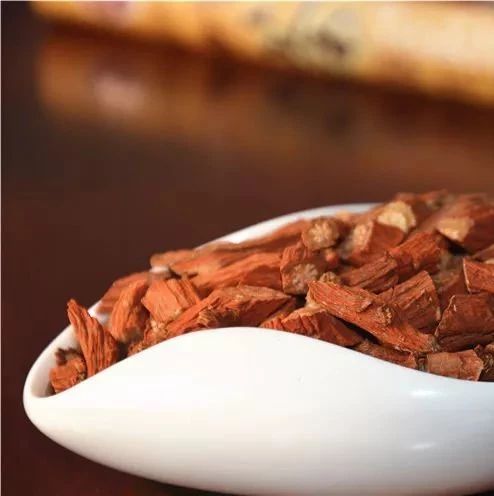Danshen (Salvia miltiorrhiza) is one of the earliest and most widely used traditional Chinese herbs in China, first recorded in the Han Dynasty (in the “Shennong Bencao Jing”), classified as a superior herb, and included in various herbal texts throughout history.
Traditional Chinese Medicine (TCM) considers it to have a bitter taste and a slightly cold nature, with functions such as invigorating blood circulation, regulating menstruation, dispelling blood stasis and alleviating pain, clearing the heart and calming the mind, cooling the blood and reducing abscesses. It is suitable for various syndromes caused by blood stasis, blood heat, or a combination of both, particularly used in internal medicine and trauma cases associated with blood stasis and heat.
Today, this herb is also formulated into injections and pills for the treatment of cardiovascular diseases, showing good efficacy.
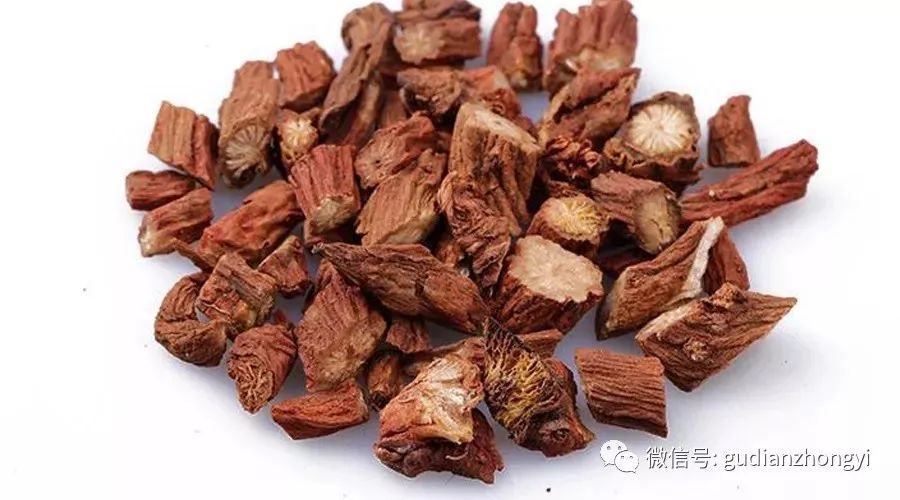
1. Invigorating Blood and Resolving Stasis for Various Diseases, Applicable for Both Deficiency and Excess Conditions
For sudden deafness due to liver and kidney deficiency and poor blood circulation, leading to loss of hearing, Danshen is often used in the formula Dan Ci Er Cong Tang (Zhi Bai Di Huang Tang plus Danshen, Ci Shi, Chan Tui, and Chuan Niu Xi), which has shown repeated clinical efficacy.
For ear heat symptoms caused by liver heat, Danshen is combined with Ci Shi, Chrysanthemum, Xia Ku Cao, Sheng Di, Long Dan Cao, and Chuan Niu Xi to clear liver fire, resolve stasis, and open the orifices, yielding excellent results.
In treating hypertension, Danshen is often selected based on syndrome differentiation, showing remarkable effects. Animal experiments indicate that Danshen can dilate peripheral blood vessels and lower blood pressure.
For cough due to lung qi stagnation and poor blood circulation, Danshen is commonly paired with Xing Ren, Jie Geng, and Chuan Bei Mu to invigorate blood in the lungs and relieve cough.
Danshen opens the blood vessels and invigorates blood circulation, with its bitter nature promoting downward movement, making it particularly effective for chronic diseases of the lower meridians.
For rheumatic pain in the lower joints, Danshen is often combined with Chuan Xu Duan, Du Huo, Chuan Niu Xi, and Sang Ji Sheng; for rheumatic heat with joint redness, swelling, and pain, it is paired with Jin Hua Teng, Cang Zhu, Chuan Niu Xi, Huang Bai, Chi Shao, Dan Pi, and Song Jie; for lower limb phlebitis, it is often combined with Dang Gui, Ji Xue Teng, Xuan Shen, Sheng Gan Cao, Yin Hua, Gui Zhi, and Chuan Shan Jia.
For menstrual irregularities, amenorrhea, or postpartum abdominal pain due to blood stasis, Danshen can be used alone in powdered form, taken with white wine, which has proven effective.
As stated in the “Da Ming Ben Cao”: “Danshen opens and benefits the meridians… alleviating joint pain and restoring movement to the limbs… regulating women’s menstrual irregularities.”
In cases of chronic illness with deficiency, where blood circulation is weak and stasis is prevalent, Danshen is known to dispel stasis and generate new blood. Ancients have noted that the efficacy of Danshen is comparable to that of the Four Substance Decoction. The “Bencao Gangmu” refers to it as “nourishing blood.”
For treating dizziness due to deficiency, the formula Qi Ju Di Huang Tang is often modified to create the Yi Shen Ding Xuan Tang (Qi Ju Di Huang Tang plus Danshen, Ci Shi, Chuan Xiong, and Tian Ma), which is particularly effective for dizziness, lumbar and spinal soreness, a pale tongue, and a thin, weak pulse indicative of kidney deficiency with stasis.
For palpitations and insomnia due to blood deficiency, Danshen is often combined with roasted Jujube seed, Dang Gui, Sheng Di, and Wu Wei Zi, which aligns with the “Da Ming Ben Cao” stating: “nourishing the spirit and calming the mind.”
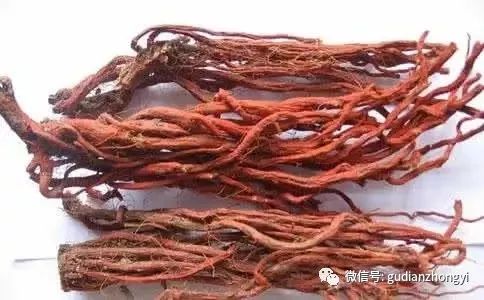
2. Nourishing the Heart and Calming the Spirit, Alleviating Deficiency Heat, and Stabilizing Palpitations
Danshen has a bitter taste and cold nature, entering the blood and returning to the heart, capable of clearing heart fire, eliminating blood heat, calming the spirit, and stabilizing palpitations. Therefore, when used appropriately in clinical practice, it can lead to rapid recovery.
For palpitations and insomnia due to blood deficiency, Danshen is often combined with Bai Zi Ren, Dang Gui, Sheng Di, Wu Wei Zi, and roasted Jujube seed.
For palpitations and anxiety due to insufficient heart qi and blood stasis, it is often treated with Bu Yang Huan Wu Tang plus Danshen, Zhi Gan Cao, and Gui Zhi.
For chest yang deficiency, the formula Zong Guo Lou Xie Bai Tang is modified to create the Kuan Xiong Tong Bi Tang (Danshen, Guo Lou, Xie Bai, Tan Xiang, Jiang Xiang, Gui Zhi, Lu Shou Cao, Shan Zha, Tian San Qi, and Chi Shao).
For both qi and yin deficiency, the formula Zong Sheng Mai San is adapted to create the Yi Mai Tong Bi Tang (Danshen, Tai Zi Shen, Mai Dong, Wu Wei Zi, Guo Lou, Zhi Gan Cao, roasted Jujube seed, Jiang Xiang, Shan Zha, and Lu Shou Cao).
For symptoms of chest tightness, chest pain, insomnia, anxiety, and arrhythmia, the formula Zhi Gan Cao Tang is modified to create the Si Shen Yang Xin Tang (Danshen, Xi Yang Shen, Ku Shen, Xuan Shen, roasted Jujube seed, Mai Dong, Zhi Gan Cao, Gui Zhi, Shan Zha, and Lu Shou Cao).
Upon careful consideration, whether it is chest yang deficiency or qi and yin deficiency, both can lead to poor blood circulation and stasis, thus causing pain, aligning with the principle of “no flow equals pain.” Therefore, using Danshen to resolve stasis in accordance with syndrome differentiation can enhance its efficacy.
The “Bencao Gangmu” states: “Invigorating blood, opening the heart and pericardium… alleviating chronic diseases of the heart and abdomen.” The “Dian Nan Bencao” states: “Nourishing the heart, calming the spirit, treating forgetfulness, anxiety, palpitations, and insomnia.” This illustrates the significant efficacy of Danshen.
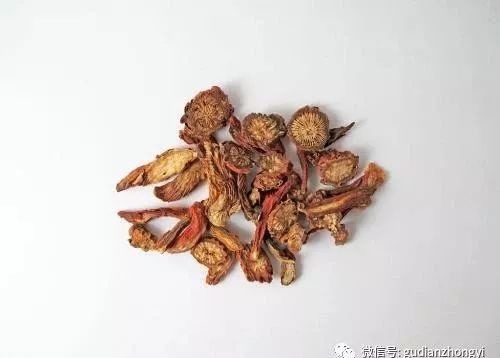
3. Dispelling Stasis and Generating New Blood, Unblocking the Meridians, Showing Remarkable Efficacy in Critical and Chronic Diseases
Danshen invigorates blood circulation, resolves stasis, and harmonizes qi and blood. Therefore, when used appropriately for critical and chronic diseases, its efficacy is greatly enhanced.
For stroke, the formula Zong Wang Qing Ren Bu Yang Huan Wu Tang is adapted to create the Tong Mai Shu Luo Injection (main ingredients: Huang Qi, Danshen, and Chuan Xiong).
For stroke (such as brain tumors, hydrocephalus) associated with cranial water stasis, the formula Zong Wang Qing Ren Tong Qiao Huo Xue Tang is modified to create the Nao Qiao Tong Oral Liquid (main ingredients: Danshen, Tao Ren, She Xiang, and Bai Mao Gen);
For stroke warning signs and prevention of stroke onset, the Qing Nao Tong Luo Pian (main ingredients: Tao Ren and Danshen) is created. Animal experiments and clinical treatments have shown remarkable efficacy, with no reported toxic side effects to date.
For treating patients in a coma with closed syndrome, if it is due to heat closure, An Gong Niu Huang Wan can be decocted with Danshen for oral administration or nasal feeding; if it is due to cold closure, Su He Xiang Wan can be decocted with Danshen for oral administration or nasal feeding; regardless of cold or heat closure, Danshen injection is often mixed with glucose for intravenous drip.
For patients with collapse syndrome, Danshen is often added to Shen Fu Tang for decoction or mixed with glucose for intravenous drip;
For comatose patients with phlegm-damp obstruction, it is often combined with Pu Jin Dan Injection (Shi Chang Pu, Yu Jin, and Danshen) for intramuscular injection, 2-4ml daily, while Danshen injection is also mixed with 4-20ml in 500ml of glucose for intravenous drip. Clinical applications often lead to symptom relief or turning critical conditions into stable ones.
Practical experience has proven the efficacy of Danshen in promoting blood circulation and unblocking the meridians, dispelling stasis, and generating new blood.
In summary, many strange diseases are due to stasis, and chronic diseases often accompany stasis; this is key to treating difficult and miscellaneous diseases. As stated in the “Bencao Qiuzhen”: “Danshen… is effective in removing all diseases caused by stasis.”
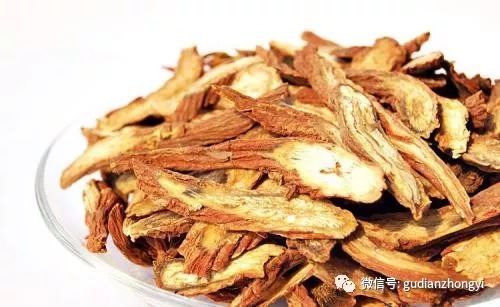
4. Clearing the Liver and Gallbladder, Unblocking Stagnation, Effective for Abdominal Masses and Distension
Abdominal masses and distension are often caused by liver and gallbladder damp-heat, liver qi stagnation, or spleen deficiency with damp obstruction, leading to dysfunction of the liver, spleen, and kidney, which over time results in qi stagnation, blood stasis, and water retention, forming abdominal masses and distension.
Danshen enters the heart and liver meridians, effectively moving qi and blood stasis, dispelling stasis and promoting water flow, thus it can be frequently used.
For hepatitis B associated with liver and kidney yin deficiency, it is often combined with Yi Guan Jian; for jaundice at various stages, Danshen is also commonly included based on syndrome differentiation;
For abdominal distension due to water and damp stasis, it is often combined with Chai Hu, Dang Gui, Bie Jia, Mu Li, Ji Nei Jin, Da Fu Pi, Yun Fu Ling, San Leng, and E Zhu;
For gallstones, Danshen is often combined with Da Huang, Ji Nei Jin, Chai Hu, Zhi Shi, and Jin Qian Cao, showing reliable efficacy in improving liver function, softening the liver and spleen, reducing masses, and promoting stasis resolution and stone expulsion.
5. Dispelling Stasis and Promoting Water Flow through the Three Jiao, Effective for Both Yin and Yang Edema
Danshen opens the blood vessels, promotes water pathways, and dispels edema, thus it can treat edema caused by water retention and blood stasis.
For edema (yin edema) in the lower limbs and generalized swelling, with symptoms of lumbar soreness and fatigue due to kidney deficiency and blood stasis (such as chronic glomerulonephritis, chronic pyelonephritis, nephrotic syndrome), the formula Yi Shen Hua Yu Li Shui Tang (Wu Ling San plus Danshen, Huang Qi, Sang Ji Sheng, Yi Mu Cao, Chuan Niu Xi, Shan Zha, Bai Mao Gen, and Tong Cao) is often used;
For lower limb swelling, fatigue, abdominal distension and pain, with a dark tongue and a pulse that is thin and choppy due to heart yang deficiency and water damp blood stasis, Zhen Wu Tang combined with Danshen, Tao Ren, Huang Qi, Ting Li Zi, and Bai Mao Gen is often prescribed;
For kidney yang deficiency, Jin Gui Shen Qi Tang plus Danshen, Bai Mao Gen, and Du Zhong is often used; for qi stagnation and water retention, Chai Hu Shu Gan San combined with Wu Ling San plus Danshen is also effective;
For yang edema with facial swelling (such as acute glomerulonephritis), it is often treated with Yue Bi Jia Zhu Tang plus Danshen, Yun Fu Ling, Che Qian Zi, and Lian Qiao;
For lung qi deficiency and cold, leading to poor water pathways, Ling Gan Wu Wei Jiang Xin Tang plus Danshen can enhance therapeutic effects.
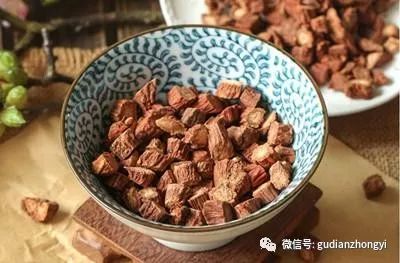
6. Cooling the Blood, Detoxifying, and Reducing Swelling and Pain, Applicable for Abscesses and Skin Conditions
Danshen also has the ability to reduce swelling and pain, cool the blood, detoxify, and promote tissue regeneration.
For example, Danshen can be combined with Lian Qiao, Hua Fen, and Pu Gong Ying to treat breast abscesses; with Yin Hua, Lian Qiao, Ru Xiang, and Mo Yao for carbuncles and toxic swellings;
For acute abdominal pain (such as acute appendicitis), it is often combined with Da Huang and Mu Dan Pi for excellent results;
For chronic appendicitis, Danshen is often combined with Chai Hu, Yun Fu Ling, Huang Lian, Mu Xiang, Yan Hu Suo, Xiang Fu, Pu Gong Ying, and Shen Qu;
Due to its cooling and detoxifying properties, the Green Bean and Licorice Detoxifying Decoction (Green Bean, Licorice, Lian Qiao, Shi Hu, Danshen, Da Huang, Bai Mao Gen) is often used in clinical treatment for various types of poisoning with good results.
For skin conditions with damp-heat, stasis, and itching (such as condyloma acuminatum, cervical erosion), Danshen is often combined with Huang Bai, Ku Shen, Sheng Gan Cao, Cang Zhu, Bai Zhu, Huai Shan Yao, Tu Fu Ling, Di Fu Zi, Ye Ju Hua, and Bai Guo for internal use and external washing, showing significant efficacy.
For dysentery with damp-heat and stasis, Danshen is often added to Bai Tou Weng Tang, and for high fever and delirium, it can be combined with An Gong Niu Huang Wan for decoction, both of which can enhance efficacy and shorten treatment duration;
For damp-heat skin conditions, Danshen, Ku Shen, and She Chuang Zi can be decocted for washing the affected areas.
The “Da Ming Ben Cao” states: “Danshen treats ‘malignant sores, abscesses, goiter, and toxic swellings, promoting pus discharge and tissue regeneration.'”
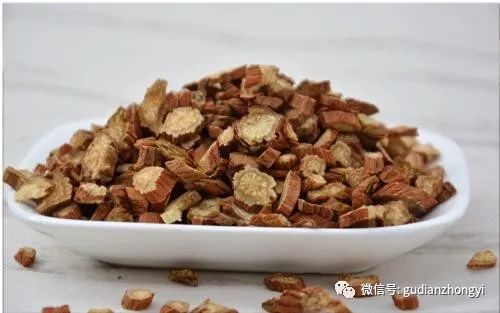
In conclusion, there is no distinction between precious and humble herbs; their value lies in their application.
Danshen is cold and bitter, possessing the properties of invigorating blood, dispelling stasis, unblocking meridians, generating new blood, calming the spirit, detoxifying, cooling the blood, reducing swelling and pain, promoting tissue regeneration, and treating abscesses. If used according to syndrome differentiation, with the correct dosage, and skillfully applied, its therapeutic effects will be excellent.
However, due to its cold and dispersing nature, caution is advised when used in cases of diarrhea or blood stasis with cold. Although the dosage can be larger, typically 15-30g, it is generally advisable to start with a smaller amount and not to use large doses abruptly.

【How to Share to Your “Moments”】
² Check and Share: Click the upper right corner -> Share to Moments
